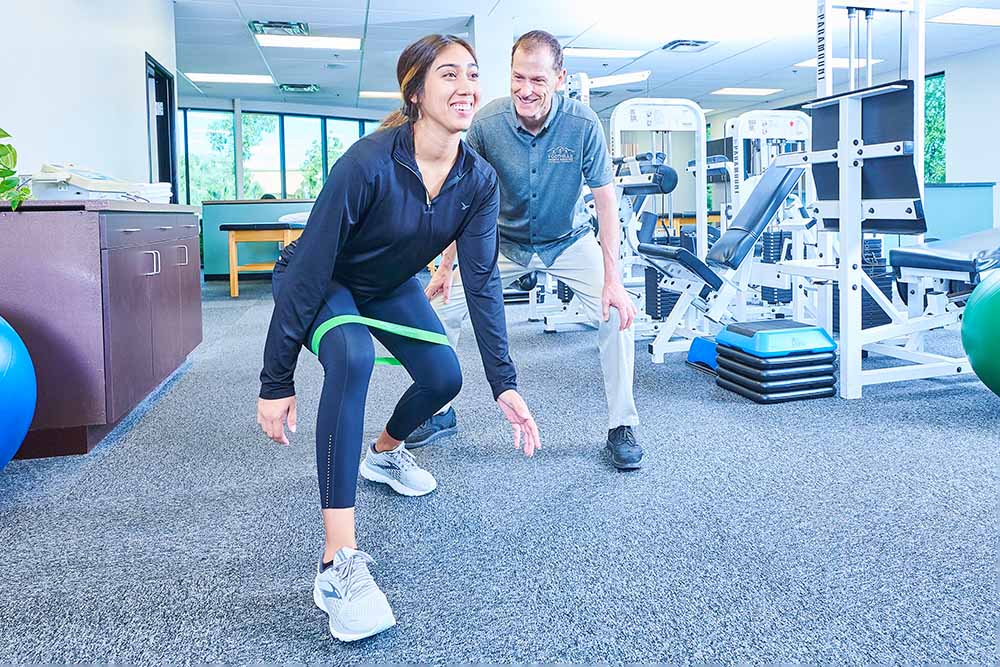Balance and steadiness are essential elements of bodily fitness and overall well-being. They play a vital role in daily activities, sports performance, and injury avoidance. When an individual has good balance and steadiness, they are not as prone to fall or incur damages during bodily exercises. One effective way to evaluate these attributes is through Practical Motion Assessment (FMS). FMS is a method used to analyze motion styles and recognize discrepancies or deficiencies that could result to harm.
Practical Movement Assessment includes a series of particular tests that assess how well a person moves. The tests focus on fundamental movements such as squatting, lunging, and flexing. By observing these movements, trainers and healthcare professionals can identify areas where an person may struggle. For instance, if someone has difficulty keeping equilibrium while executing a squatting, it may suggest a need for specific workouts to improve power and control. This evaluation not only detects weaknesses but also helps to monitor advancement over a period.

In addition to this to recognizing areas for enhancement, FMS serves a crucial part in avoiding injuries. Many injuries occur as a result of poor motion mechanics, which can be detected through functional assessments. By addressing these issues early on, individuals can reduce their likelihood of harm during sports or other physical activities. For example, a runner who demonstrates an discrepancy in their stride may be increasingly prone to knee harm. By correcting these imbalances through targeted exercise programs, the likelihood of injury can be significantly reduced.
Additionally, enhancing performance is another benefit of conducting a thorough evaluation of equilibrium and stability. Athletes and active persons often aim to enhance their performance in vestibular therapy particular activities or tasks. A thorough understanding of their motion styles allows coaches to develop personalized exercise regimens that focus on particular weaknesses. By improving equilibrium and steadiness, athletes can enhance their total capability, whether it’s jogging more quickly, jumping higher, or performing exact movements in their sport.
In summary, the importance of assessing equilibrium and stability through Practical Motion Assessment cannot be overstated. This comprehensive evaluation serves as a foundation for improving bodily fitness, avoiding injuries, and enhancing sporting capability. By identifying areas of deficiency and putting into action specific exercise see this website strategies, individuals can attain better results in their physical activities. Focusing on balance and stability not only results to improved performance but also adds to a more wholesome, increasingly active way of life.